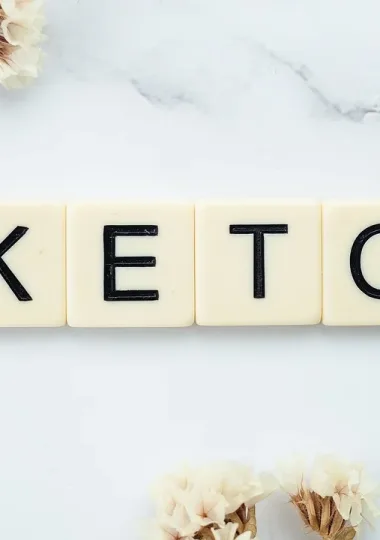Introduction
The ketogenic diet, commonly known as the keto diet, has gained immense popularity for its ability to promote weight loss by shifting the body’s metabolism from carbohydrates to fats. However, many dieters encounter a frustrating challenge known as a weight loss plateau. This occurs when the scale stops moving despite strict adherence to the diet. If you’re experiencing this, don’t worry; you’re not alone. This article delves into effective strategies to break through keto plateaus and continue your weight loss journey.
Understanding the Keto Plateau
A keto plateau happens when your body becomes accustomed to your current dietary habits and weight loss stalls. Initially, when starting the keto diet, weight loss is often rapid due to water loss and the metabolic switch to burning fat for fuel. Over time, as your body adapts, progress may slow or halt completely.
Causes of Keto Plateaus
Before addressing strategies to overcome a plateau, it’s important to understand its potential causes. Common reasons include:
- Metabolic Adaptation: As you lose weight, your metabolism can slow down, requiring fewer calories to maintain your new weight.
- Inaccurate Macros: Miscalculating macronutrient intake can lead to consuming more calories than intended, stalling weight loss.
- Hidden Carbohydrates: Consuming hidden carbs in processed foods or not accounting for net carbs can kick you out of ketosis.
- Stress and Sleep: High stress levels and poor sleep can increase cortisol, leading to weight retention and cravings.
- Lack of Physical Activity: A sedentary lifestyle can contribute to a plateau as your body requires more activity to continue losing weight.
Effective Strategies to Break Through a Keto Plateau
Reassess Your Macros and Caloric Intake
One of the first steps to overcoming a plateau is to reassess your daily macro and caloric intake. As you lose weight, your caloric needs decrease. Use a reliable keto calculator to determine your new requirements. Ensure you are consuming the right balance of fats, proteins, and carbohydrates to maintain ketosis while creating a calorie deficit.
Incorporate Intermittent Fasting
Intermittent fasting (IF) is an effective tool to boost weight loss on the keto diet. By cycling between periods of eating and fasting, IF can enhance ketosis and increase fat burning. Common methods include the 16/8 method (16 hours fasting, 8 hours eating) or the 5:2 approach (eating normally five days a week, restricting calories on two non-consecutive days).
Increase Physical Activity
Adding regular exercise to your routine can help break a plateau by increasing calorie expenditure and promoting muscle growth. Focus on a combination of cardiovascular exercises, strength training, and flexibility workouts. A balanced exercise regimen not only aids in weight loss but also improves overall health and wellbeing.
Monitor Carb Intake
Even small increases in carbohydrate intake can impact ketosis. Carefully track your carb consumption to ensure you remain within your target range. Consider reducing your daily carb intake slightly to jumpstart weight loss, but ensure you are still consuming enough to maintain energy levels.
Manage Stress and Improve Sleep
Stress and sleep play significant roles in weight management. High stress can lead to emotional eating and increased cortisol levels, which can hinder weight loss. Develop stress-reducing practices such as meditation, yoga, or deep breathing exercises. Additionally, prioritize quality sleep by establishing a regular sleep schedule and creating a calming bedtime routine.
Evaluate Food Sensitivities
Food sensitivities and intolerances can cause inflammation and hinder weight loss. Common culprits include dairy, nuts, and artificial sweeteners. Consider an elimination diet to identify and remove any foods that may be affecting your progress.
Stay Hydrated and Increase Electrolytes
Proper hydration is crucial for overall health and can aid in overcoming a plateau. Drinking enough water supports metabolism and helps control hunger. Additionally, ensure you are replenishing electrolytes like sodium, potassium, and magnesium, especially if experiencing symptoms of the “keto flu.”
Fine-Tuning Your Keto Approach
Breaking a keto plateau often requires fine-tuning your approach to the diet. This might involve experimenting with different food combinations, adjusting meal timings, or cycling between higher and lower carb days to keep your metabolism engaged. Listen to your body and be willing to adapt your strategy as needed.
Conclusion
Experiencing a weight loss plateau on the keto diet can be disheartening, but it’s a common challenge that can be overcome with the right strategies. By reassessing your dietary habits, incorporating intermittent fasting, increasing physical activity, and addressing lifestyle factors like stress and sleep, you can break through the plateau and continue your weight loss journey. Remember, persistence and patience are key to achieving long-term success on the keto diet.









Add comment